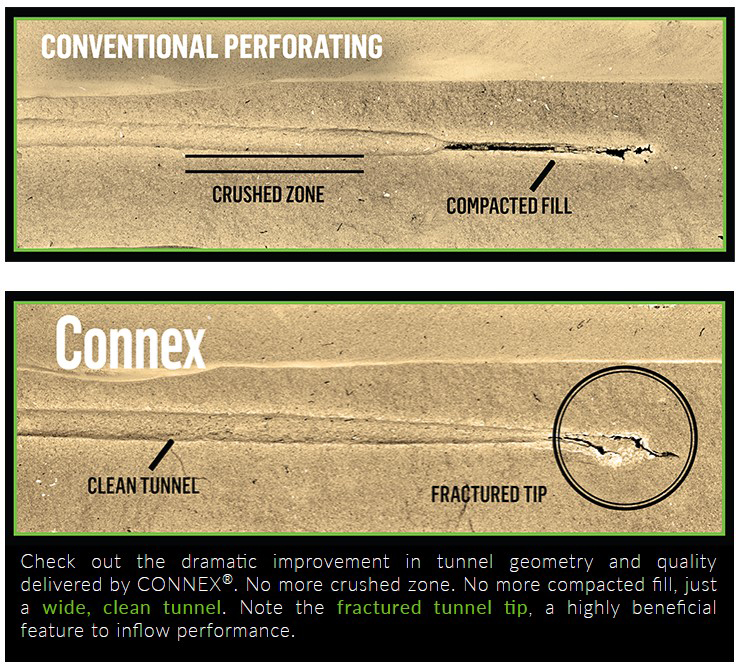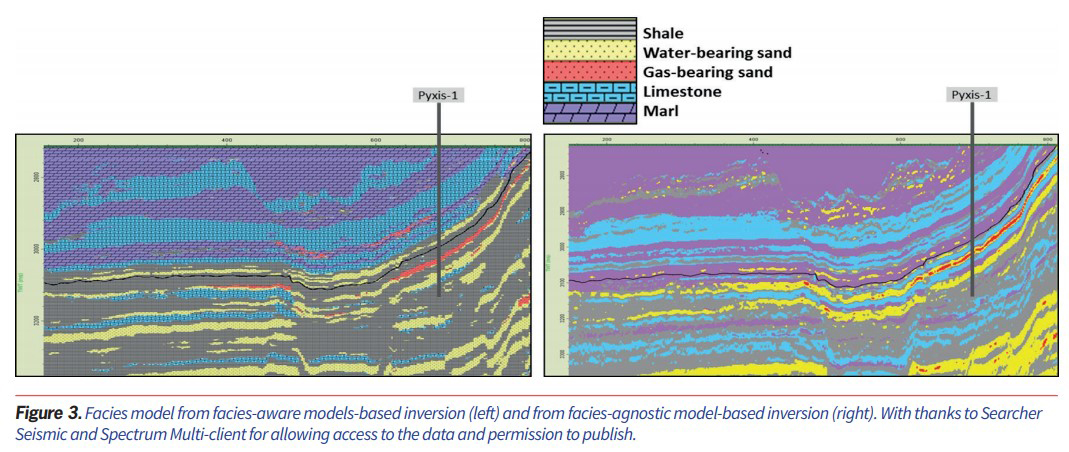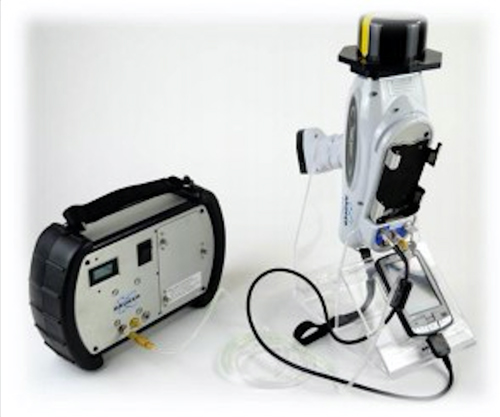Welcome to an interview with Matt Bell, Co-Founder of Strategic Piece, who talks to us today about what it takes to take a new technology from the idea stage to successful launch and commercialization. Matt is involved in AAPG’s U-Pitch New Technology Showcase, where he provides support and guidance to companies needing to build markets as well as potentially obtaining capital.
What is your name and your background?
I’m Matt Bell, Co-Founder of Strategic Piece. I grew up in England, studied Chemical Engineering at Imperial College in London, and then joined the oil industry with Shell. I spent the next ten years as an underground plumber (a.k.a. production technologist or completions engineer) in The Netherlands, Venezuela, Oman, and the USA. I came to Houston in 2001 to join Shell’s Applied Well Technology team, which led me to travel all over the world supporting new technology deployments. That brought me into contact with the R&D side of our industry and what it takes to develop, mature, prove, launch, and commercialize new stuff. After leading a project through Shell’s Gamechanger program, I wound up taking it to the corporate venture capital group, Shell Technology Ventures, and ultimately joining their team. My passion for early-stage businesses was kindled there and, 3½ amazing years later, I joined the management team of our portfolio company, GEODynamics. I would go on to become CEO, growing the business to over $100 million ARR (it would eventually sell to Oil States for over $600 million in 2017). After GEODynamics, I held President and CEO roles with Ikon Science (a geophysical software provider) and Premier Oilfield Group (a data-centric reservoir characterization company) before deciding to focus full-time on early-stage business strategy in 2019. Now I get to do what I enjoy most – helping entrepreneurs and the leaders of growing companies identify and hit their next milestones.

GEODynamics CONNEX perforating
What is your history with new technologies?
In Venezuela I witnessed the reopening of the oilfield to international operators and service providers, transitioning from 1960s to 1990s technology in the space of a few months. We deployed novel jet pump completions and sand control technologies to help economically develop some very heavy (10° API), viscous crude. Later, in Oman, I explored the other end of the reservoir spectrum: very light, sour, oil produced from ultra-tight rock – we’d probably call it shale today – using massive hydraulic fracs. There we deployed some of the world’s first downhole microseismic arrays to try and map fracture growth in real time. Through Shell Gamechanger, I got to experiment with (and patent!) some ideas around running perforating guns on the outside of casing, as well as several other futuristic technologies. By the time I reached Shell Ventures, new technology had become my everyday life! I helped launch a joint venture with a nanomaterial developer and gained board-level experience with several portfolio companies. Each of my businesses since then has had a new technology component – that’s basically a non-negotiable for me these days. In my current role, I’m working with 5-8 companies at any one time, guiding them on business and marketing strategy. Most of them are developing and deploying new technology, both software and hardware.

Ikon Science Ji-Fi facies-aware seismic inversion
What are some of the technologies that you have found most promising? Why?
I think we’re just beginning to realize the potential of nanotechnology to transform the functionality and effectiveness of materials – something that was considered an emerging technology when I got involved in 2002-3, which shows you how long it takes to achieve commercial adoption in our industry. Discovering how to engineer things at a whole new length scale is truly incredible. Second, you’d have to be living under a rock not to notice the impact of data science and cloud computing. I think we’re climbing that learning curve faster because service providers like AWS and Azure have developed toolkits that expedite new technology into the hands of mainstream users. Removing the processing power barrier to massive computing has opened up another frontier. And third, although it’s not one technology per se, I’m excited to see all the innovative ways we’re finding to decarbonize the industry, fueled by more purposeful investors and corporations. We’re in the midst of an existential crisis and technology offers our only way out.

Bruker XRF used by Premier Oilfield Group for elemental analysis of drill cuttings
What are some of their main challenges? Why do so many new technologies and companies fail to thrive, and basically starve before they can walk? How can they be helped?
There are many challenges and pitfalls that make the survival rate of new companies seem low. The biggest – responsible for over 40% of early-stage failures - is a lack of market need. Just because it sounds like a great idea doesn’t mean anyone will pay for it! As mentors and advisors, we need to do a better job of helping would-be founders screen their ideas and move on from the ones that nobody needs.
The next biggest category of failure is running out of money. This is a two-part problem: struggling to raise capital and spending it too fast. We’re fortunate in Houston to have an active angel network that invests in early-stage businesses – although even they are increasingly looking outside the oil and gas sector for opportunities. But, there’s a shortage of capital to take companies from first sales to steady revenue, where the venture capital firms will step in. The second part – spending too fast – is often a reflection of things taking much, much longer than the entrepreneur expects. In our industry, persuading an operating company to test a new technology – to run a field trial – can be like drawing blood from a stone. Then, waiting for the results, getting them properly analyzed, and jumping through legal hoops to obtain the right to show them in public is another ordeal.
By the time that first deployment has been successfully completed, many companies are gasping for financial air. Anyone wanting to launch a new technology into the upstream oil and gas sector should take advice from those who have been to that rodeo a few times; you need to be technically ready and prepared to stick it out through the long, slow process.

Integrated Solar LED street light provided by MPE Energy
Please briefly describe two or three examples of new companies and their products or services that you've been involved with or have observed.
I helped to found and lead GEODynamics, which commercialized reactive perforating technology and has gone on to become a major player in the completions tool market.
I led the aggregation of five businesses to become Premier Oilfield Group, where several new approaches were applied to enhance reservoir description, especially of very tight rocks. We also applied new techniques to drill cuttings analysis, helping operators better characterize rock properties along horizontal wells to improve their completions efficiency.
I’m currently involved with companies commercializing a novel method for wellsite treatment of hydrogen sulfide (H2S), bringing solar lighting to Houston’s streets and trails, and applying SaaS solutions to massive data handling and A&D transactions. It’s an exciting time to be working with early-stage businesses in Texas!
What are your goals for the future?
Through my business, Strategic Piece, I want to help hundreds of entrepreneurs and early-stage companies make an impact on the world. Hopefully I will look back and see where I touched some really life-changing technologies and, in aggregate, a much greater impact across all those businesses than I could possible hope to make on my own.
Personally, I still need to set foot in Antarctica to have visited every continent and there are at least 30 more countries that I’d like to see.
Please share two or three brief pointers or words of advice for new technologies and all those who have a dream.
Validate your ideas with as many people as you can , as often as you can. Be sure you’re making something people need, not just something they say they want.
Be coachable! Surround yourself with people who know more than you do, ask them questions, and listen to their advice. You should be learning continuously.
Remember that it will take years – sometimes many years – for your idea to make it from concept to commercial success, so you need to be building something people will need at that time, not necessarily what they need today.